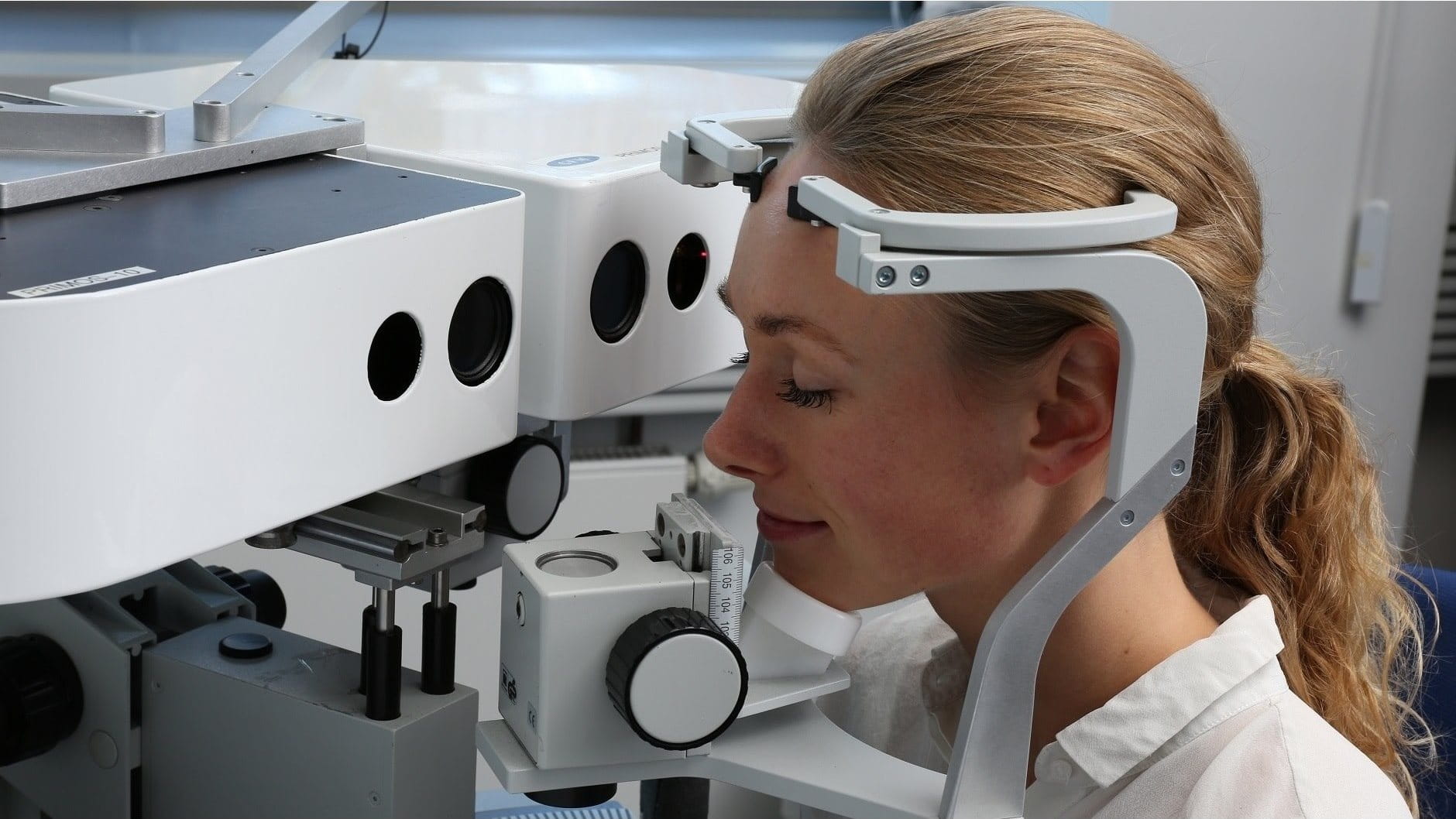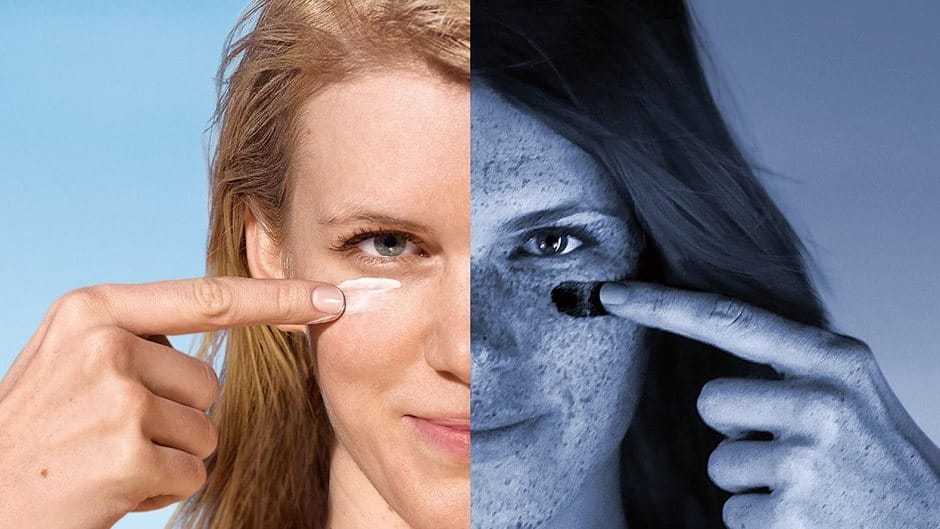Beiersdorf is one of the world’s leading companies when it comes to developing new testing procedures. Our mission is to develop customized products that are carefully formulated, painstakingly tested and naturally effective. To achieve this, our skin researchers use electron microscopes and biochemical, molecular biological and cell dynamic procedures to search for new ingredients that protect, support or promote the biological processes in the skin’s cells. They are supported by physicists and bioengineers who, for example, measure test subjects’ skin characteristics using the latest biophysical methods with regard to wrinkles, elasticity, thickness, and moisture.

Technologies & Methods
CLSM and Multiphoton

Thanks to our confocal laser scanning microscope (CLSM) our physicists, engineers and medical technicians can, if necessary, watch a stream of live images from human skin every day. Its laser can be aimed specifically at different layers of the epidermis and dermis, and the reflected light creates two-dimensional cross-sections of cells and tissue that can be reconstructed in three-dimensional form. This gives them deeper insights into human skin and its structures without having to take skin samples from subjects. The team is also equipped with the next generation of microscopes (such as the multiphoton microscope) which will help them research more secrets contained in the depths of our skin.
PRIMOS

When it comes to measuring wrinkles, our Hamburg research center uses the state-of-the-art Phaseshift Rapid In Vivo Measurement of the Skin (PRIMOS) system to demonstrate skin products’ effectiveness at smoothing the skin. This technology designed by Beiersdorf is now the global standard.
Fine parallel lines of white light are projected onto the area of skin being analyzed. Any wrinkles and skin imperfections are then highlighted by the distortion of these otherwise straight lines. Using a precisely angled camera we can calculate – to within 600,000 height data points – the depth of the wrinkles. This is done quickly, accurately and without any contact.
If, for example, we want to use PRIMOS to analyze the effectiveness of a skin care product on the wrinkles around the eyes, we conduct a three-stage study. We use a specially developed tripod to secure the subject’s face in exactly the same position for each stage to ensure scientifically comparable data. We then measure the depth of wrinkles before the product is applied, after four weeks of daily use and again after eight weeks of daily use and use special overlays and software to determine the results.
Skin code reader

At Beiersdorf we have developed a variety of innovative skin analysis devices to help us offer consumers skin care advice including the “Skin Code Reader” for Eucerin. Using dermatologically recognized probes and a digital camera it can analyze ten different facial skin parameters such as: moistness, sebum content, extent of wrinkles, elasticity and redness. From this data we can detect an individual’s unique skin code, and then offer them further care advice or treatment.
To provide NIVEA customers with skin care advice we also have a photographic technology which we use to create a comprehensive skin profile with information on shininess, wrinkles and pigmentation.
GSDIM

Beiersdorf researchers worked with Prof. Dr. Stefan Hell, the winner of the 2014 Nobel Prize for Chemistry, to develop the cutting-edge Ground State Depletion followed by Individual Molecule Return Microscopy (GSDIM) technology, a method which allows cellular processes to be observed extremely accurately. GSDIM is a further development of the STED technology for which the Nobel Prize was awarded.
This process enables extremely small changes in cellular structure – only a few nanometers in size – to be observed. We use the GSDIM microscope to investigate how cosmetic treatments could better delay or even reverse age-related structural changes in the skin.
Visible UV Protection

Our Research and Development team has developed an innovative method by which the amount of UV protection on the skin is made visible and can be measured. Through this method, we have not only been able to show what amount of sunscreen must be worn in order to achieve optimal protection, but also to prove that most consumers use far too little.
